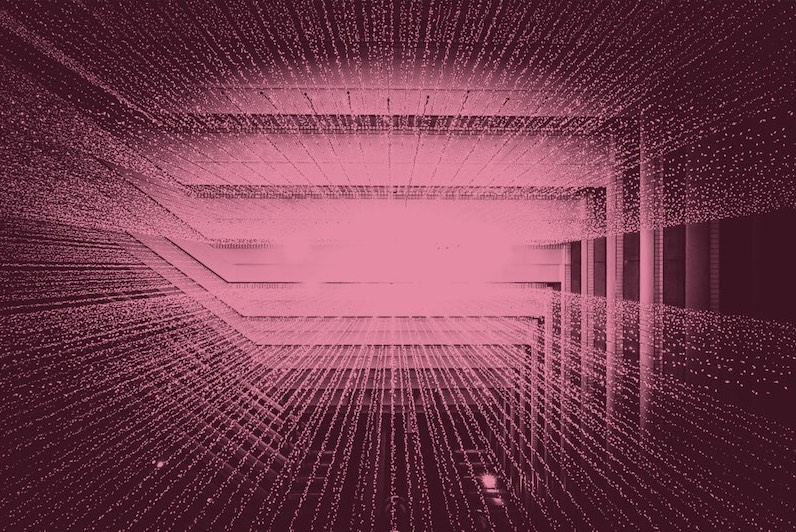What is it about?
Spatial attention is the capacity to focus on parts of space that you are not directly looking at. It plays a key role in everyday tasks, such as finding objects that you are looking for (e.g., car keys in a cluttered desk) or noticing changes in the world (e.g., a traffic light turning green). The circuits in the brain that control spatial attention are highly overlapping with those that control eye movements. This study investigates the degree to which attention and eye movements shift together or independently of each other. Using a novel behavioral task performed by human participants, we were able to track when exactly attention is engaged — and how strongly — just before an eye movement is made. We found that eye movements are unavoidably biased toward the location that is being attended, but the coupling is weak and can be overridden very rapidly, within approximately 30 milliseconds only.
Featured Image

Photo by Marc Schulte on Unsplash
Why is it important?
The findings demonstrate that attention can be voluntarily shifted more rapidly than previously thought, and that two forms of attention, stimulus-driven (involuntary) and goal-driven (voluntary), interact very rapidly to determine the next object to look at. The results improve our understanding of how attention is normally allocated, and could be potentially helpful for characterizing conditions such as ADHD, during which the engagement and disengagement of attention do not function as expected.
Perspectives
Much of our mental life is defined by the sequence of "objects" that become targets of our attention, be they visual images, sounds, memories, fantasies, and so on. What we attend to is to a large extent what we think about. For this reason, this topic feels deep and important to me; understanding attention, what drives it and how, is essential for understanding our humanity.
Emilio Salinas
Wake Forest University School of Medicine
Read the Original
This page is a summary of: Coupling of saccade plans to endogenous attention during urgent choices, eLife, November 2024, eLife,
DOI: 10.7554/elife.97883.
You can read the full text:
Contributors
The following have contributed to this page







